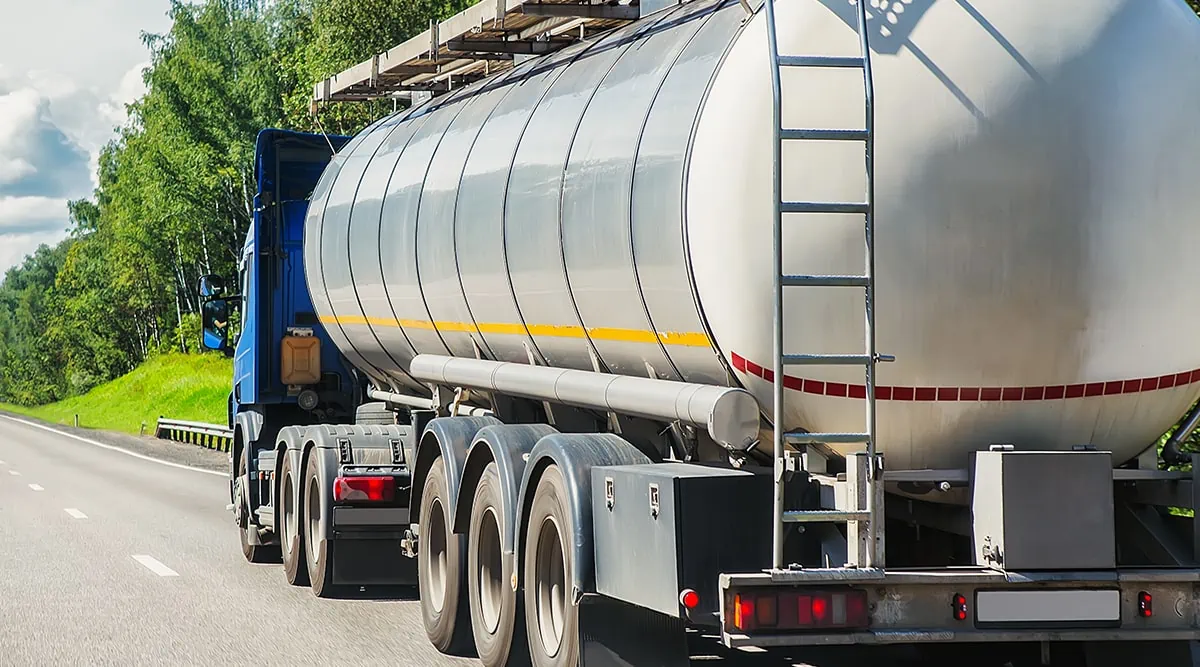The Greatest Guide To Reclaim Waste
The Greatest Guide To Reclaim Waste
Blog Article
The Ultimate Guide To Reclaim Waste
Table of ContentsOur Reclaim Waste PDFsThe smart Trick of Reclaim Waste That Nobody is DiscussingThe 3-Minute Rule for Reclaim WasteThe Ultimate Guide To Reclaim WasteThe Single Strategy To Use For Reclaim Waste
Check out the types, occurrences, and kinds of liquid waste. Domestic sewer waste refers to the waste and items from a household septic container. This kind of waste is produced by humans in houses, schools, and other buildings. This only consists of septic tanks that have a drainpipe area. The proper management and disposal of residential sewage waste require fluid waste to be transferred to a sewer therapy plant where the proper techniques and equipment are related to purify and get rid of waste.
Commercial waste commonly includes potential threats, such as flammable products or a combination of fluid and solid waste items, and requires an extra advanced and in-depth disposal process. The disposal of commercial waste normally involves the purification of waste before transportation to make sure secure and proper disposal. Industrial waste is produced from byproducts and drainage of industrial processes and manufacturing.
This kind of waste can not make use of the very same sewer management transport or processes as septic or commercial liquids. The hazardous waste administration procedure calls for the examination and screening of fluid waste prior to it undertakes the disposal procedure (liquid waste disposal melbourne). Runoff waste is the liquid waste that comes from runoff and excess stormwater in extremely booming locations or cities
Drainage waste can cause contamination and flooding if not managed appropriately. Find out more about sewer cleaning and waste management. Guaranteeing correct waste monitoring can prevent disasters and decrease environmental damage. Both individuals in domestic settings and professionals in business or manufacturing markets can profit from recognizing the procedures and guidelines of liquid waste management.
Not known Factual Statements About Reclaim Waste
Contact PROS Providers today to discover our waste administration and disposal services and the appropriate ways to take care of the liquid waste you generate.
(https://www.easel.ly/browserEasel/14532007)Do you recognize what takes place to your water when you disengage, flush the toilet or drain the cleaning device? No? Well, it's worth recognizing. This so-called 'wastewater' is not just an essential source but, after therapy, will be released to our land, rivers or the ocean. Used water from toilets, showers, bathrooms, kitchen sinks, washings and industrial procedures is called wastewater.

water used to cool down equipment or clean plant and devices). Stormwater, a kind of wastewater, is runoff that streams from agricultural and metropolitan areas such as roof coverings, parks, yards, roadways, paths and seamless gutters into stormwater drains pipes, after rain. Stormwater streams neglected straight to local creeks or rivers, ultimately getting to the sea.
How Reclaim Waste can Save You Time, Stress, and Money.
In Queensland, most wastewater is treated at sewer treatment plants. Wastewater is delivered from domestic or industrial sites with a system of drains and pump terminals, called sewage reticulation, to a sewer therapy plant. Local governments build, maintain and operate most sewer therapy plants. Operators are accredited under the Environmental Management Act 1994 to release cured wastewater at an appropriate ecological criterion right into rivers.
The Department of Natural Resources recommends local governments concerning handling, operating and keeping sewerage systems and therapy plants. In unsewered locations, city governments might need homeowners to install individual or household sewer treatment systems to deal with residential wastewater from bathrooms, cooking areas, restrooms and laundries. The Division of Natural Resources authorises using home systems when they are proven to be effective.
In some brand-new neighborhoods, therapy of some stormwater to get rid you could try here of clutter, sand and gravel has actually started using gross pollutant catches. Wastewater therapy takes place in 4 phases: Eliminates strong issue.
Wastewater after that moves right into big tanks where solids clear up and are gotten rid of as sludge. Oil and residue are skimmed from the surface. Uses little living organisms recognizes as micro-organisms to damage down and eliminate continuing to be dissolved wastes and fine fragments. Micro-organisms and wastes are integrated in the sludge. Gets rid of nitrogen and phosphorus nutrients that could trigger algal blooms in our waterways and intimidate marine life.
The smart Trick of Reclaim Waste That Nobody is Talking About
Nutrient elimination is not readily available at all sewer therapy plants due to the fact that it calls for expensive specialist tools. It is coming to be extra common in Queensland. Clear liquid effluent produced after therapy might still contain disease-causing micro-organisms. If this effluent is launched right into waterways such as rivers or the sea, the micro-organisms will ultimately die out.

This typically implies wastewater has to be dealt with or contaminants eliminated before it can be released to waterways. Most wastewater moves right into the sewerage system. Under the Act, local governments carry out authorizations and permits for eco appropriate tasks (Ages) entailing wastewater launches that may have a local effect. The division provides approvals and permits to Periods including wastewater launches that may have a regional or statewide impact.
Reclaim Waste Fundamentals Explained
Tracking offers accurate details concerning water quality and can confirm that licence problems are being satisfied. The info obtained with surveillance provides the basis for making water quality choices.
Report this page